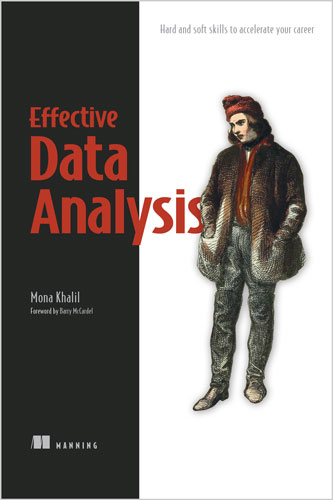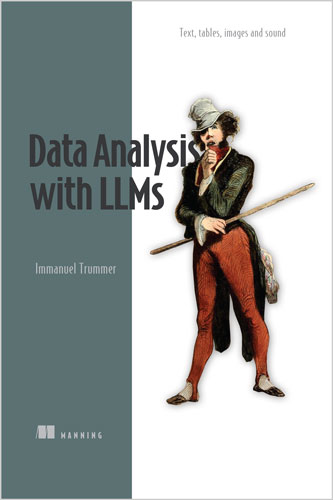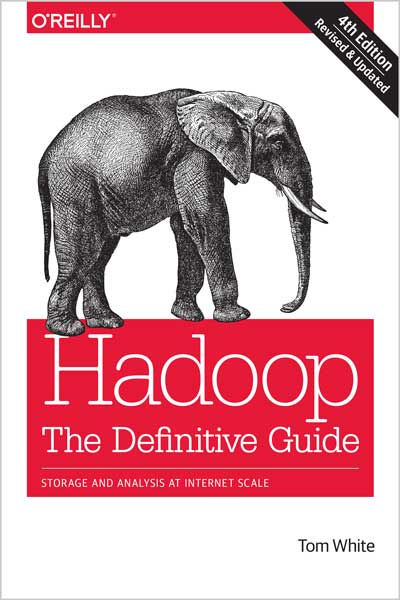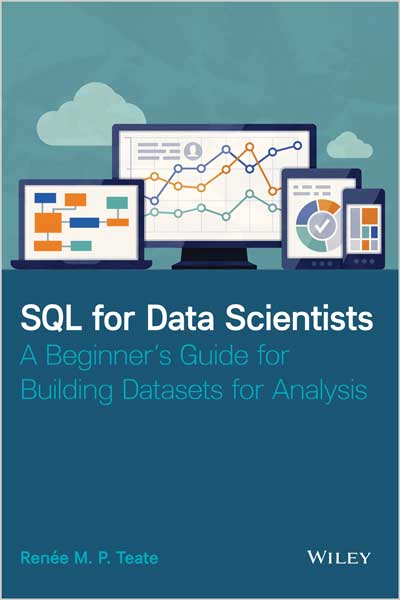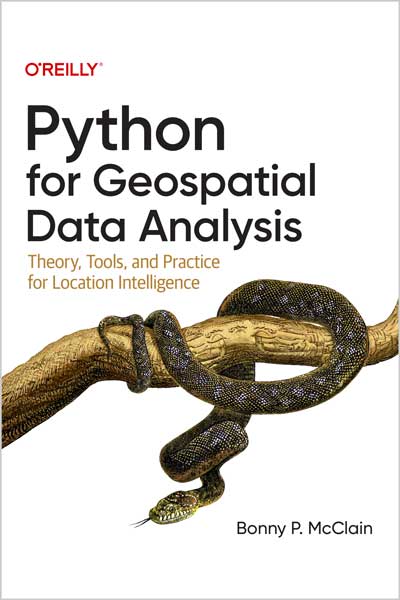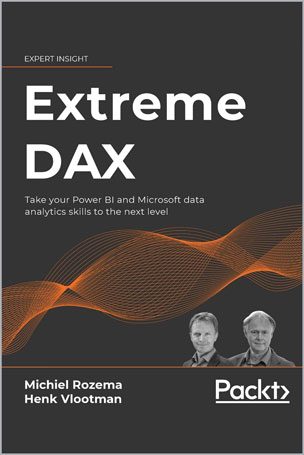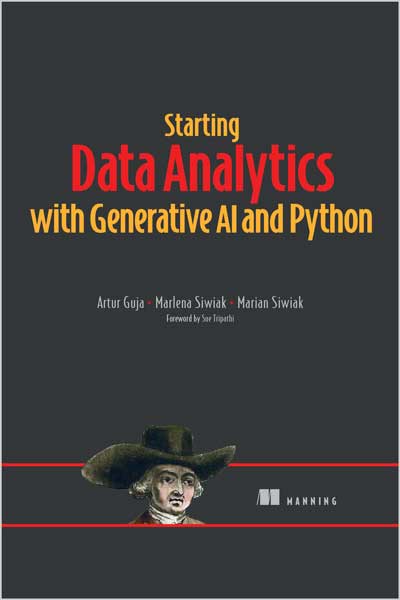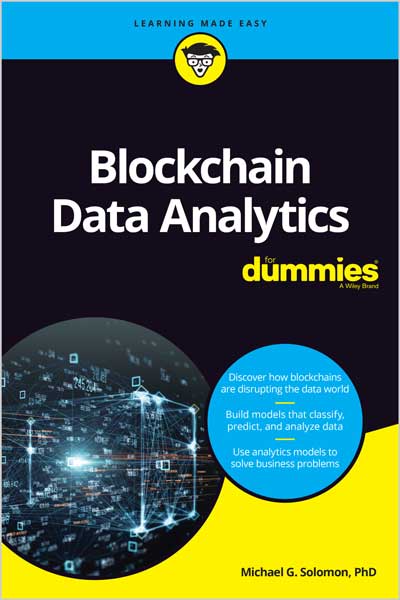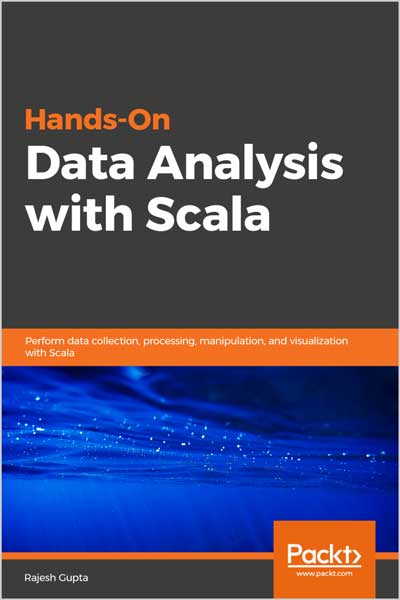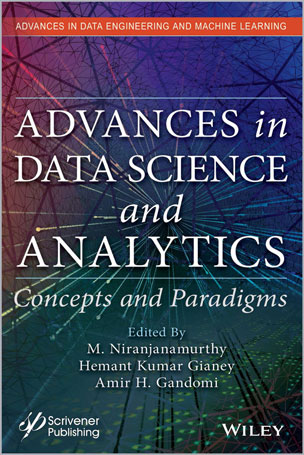Prediction with Statistics and Machine Learning
Aileen Nielsen
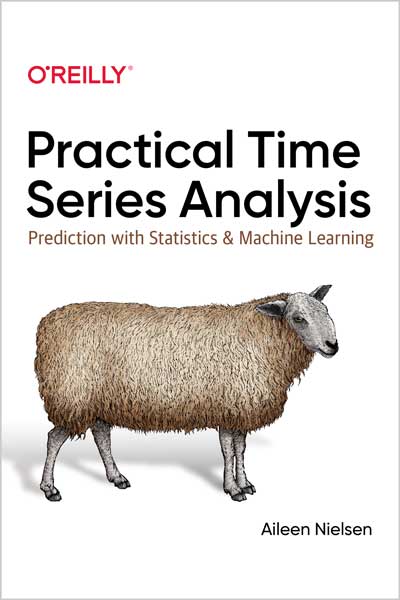
#Machine_Learning
#Statistics
#data_analysis
#data_engineering
#monitoring
#deep_learning
Time series data analysis is increasingly important due to the massive production of such data through the internet of things, the digitalization of healthcare, and the rise of smart cities. As continuous monitoring and data collection become more common, the need for competent time series analysis with both statistical and machine learning techniques will increase.
Covering innovations in time series data analysis and use cases from the real world, this practical guide will help you solve the most common data engineering and analysis challengesin time series, using both traditional statistical and modern machine learning techniques. Author Aileen Nielsen offers an accessible, well-rounded introduction to time series in both R and Python that will have data scientists, software engineers, and researchers up and running quickly.
You’ll get the guidance you need to confidently:
- • Find and wrangle time series data
- • Undertake exploratory time series data analysis
- • Store temporal data
- • Simulate time series data
- • Generate and select features for a time series
- • Measure error
- • Forecast and classify time series with machine or deep learning
- • Evaluate accuracy and performance
About This Book
Time series data are everywhere. This deliberately broad and multipurpose book can serve as either an introduction for the novice or a reference for someone looking to broaden a time series base. Unlike other texts specialized in time series analysis, this book includes many data munging and data sourcing tasks that are crucial to time series analysis. This book also takes a multidisciplinary approach in applying both statistical and machine learning methods to time series data. Finally, this book is multilingual and multi-topical in applying both R and Python to time series data across a wide variety of disciplines, from physics simulations to digital marking, and from blood glucose monitoring to open government data mining.
Why I Wrote This Book
I wrote this book for three reasons.
First, time series is an important aspect of data analysis but one that is not found in the standard data science toolkit.
This is unfortunate both because time series data is increasingly available and also because it answers questions that cross-sectional data cannot. An analyst who does not know fundamental time series analysis is not making the most of their data. I hoped that this book could fill an existing and important void.
Second, when I started writing this book, I knew of no centralized overview of the most important aspects of time series analysis from a modern data science perspective. There are many excellent resources available for traditional time series analysis, as well as many excellent resources on both traditional statistical methods and on machine learning, or neural network approaches to time series.
However, I could not identify a single centralized resource to outline all these topics and relate them to one another. The goal of this book is to provide that resource: a broad, modern, and practical overview of time series analysis covering the full pipeline for time series data and modeling. Again, I hoped that this book could fill an existing and important void.
Third, time series is an interesting topic with quirky data concerns. Problems associated with data leakage, lookahead, and causality are particularly fun from a time series perspective, as are many techniques that apply uniquely to data ordered along some kind of time axis. Surveying these topics broadly and finding a way to catalog them was another motivation to write this book.
Expected Background
With respect to coding, you should have some familiarity with R and Python, especially with certain fundamental packages (in Python: NumPy, Pandas, and scikit-learn; and in R: data.table). In all cases, I have provided brief overviews of the related packages, some example code, and descriptions. I also point the reader toward more complete overviews of the most used packages.
With respect to statistics and machine learning, you should have some familiarity with:
- Introductory statistics -- Ideas such as variance, correlation, and probability distributions
- Machine learning -- Clustering and decision trees
- Neural networks -- What they are and how they are trained
About the Author
Aileen has worked in corporate law, physics research labs, and, most recently, a variety of NYC tech startups. Her interests range from defensive software engineering to UX designs for reducing cognitive load to the interplay between law and technology. Aileen is currently working at an early-stage NYC startup that has something to do with time series data and neural networks. She also serves as chair of the New York City Bar Association’s Science and Law committee, which focuses on how the latest developments in science and computing should be regulated and how such developments should inform existing legal practices.
In the recent past, Aileen worked at mobile health platform One Drop and on Hillary Clinton's presidential campaign. She is a frequent speaker at machine learning conferences on both technical and sociological subjects. She holds an A.B. from Princeton University and is A.B.D. in Applied Physics at Columbia University.
